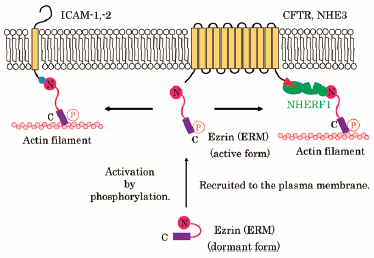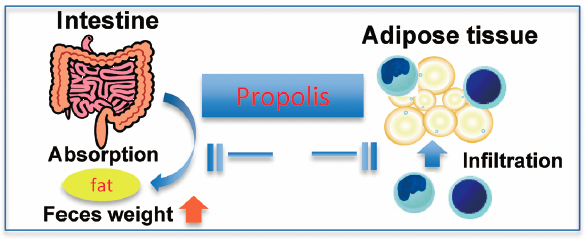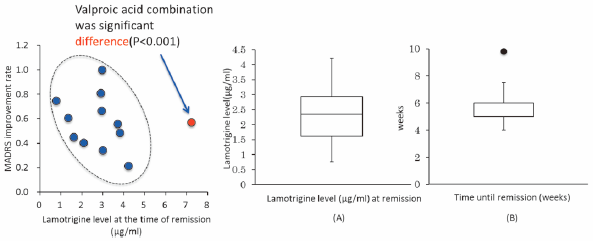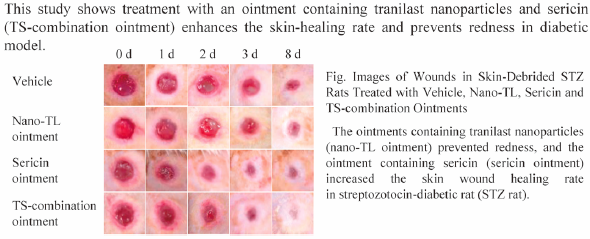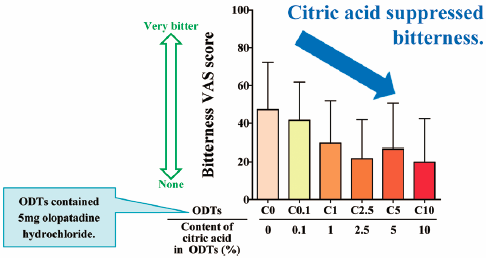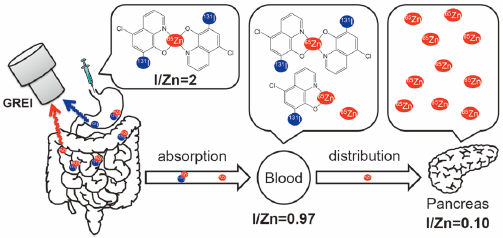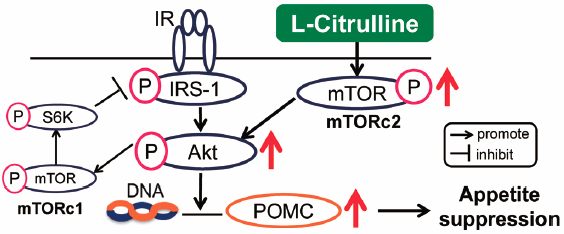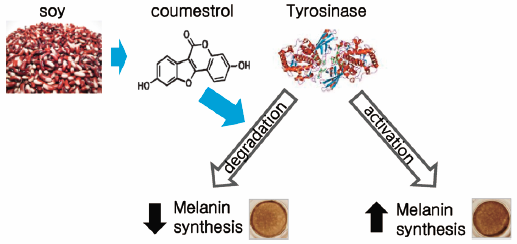- |<
- <
- 1
- >
- >|
-
2017Volume 40Issue 4 Pages 381-390
Published: April 01, 2017
Released on J-STAGE: April 01, 2017
Download PDF (1968K) Full view HTML
-
2017Volume 40Issue 4 Pages 391-395
Published: April 01, 2017
Released on J-STAGE: April 01, 2017
Download PDF (454K) Full view HTML -
2017Volume 40Issue 4 Pages 396-401
Published: April 01, 2017
Released on J-STAGE: April 01, 2017
Download PDF (8607K) Full view HTML -
2017Volume 40Issue 4 Pages 402-412
Published: April 01, 2017
Released on J-STAGE: April 01, 2017
Download PDF (6194K) Full view HTML -
2017Volume 40Issue 4 Pages 413-418
Published: April 01, 2017
Released on J-STAGE: April 01, 2017
Download PDF (356K) Full view HTML -
2017Volume 40Issue 4 Pages 419-424
Published: April 01, 2017
Released on J-STAGE: April 01, 2017
Download PDF (624K) Full view HTML -
2017Volume 40Issue 4 Pages 425-434
Published: April 01, 2017
Released on J-STAGE: April 01, 2017
Download PDF (2092K) Full view HTML -
2017Volume 40Issue 4 Pages 435-443
Published: April 01, 2017
Released on J-STAGE: April 01, 2017
Advance online publication: January 20, 2017Download PDF (2585K) Full view HTML -
2017Volume 40Issue 4 Pages 444-450
Published: April 01, 2017
Released on J-STAGE: April 01, 2017
Download PDF (1477K) Full view HTML -
2017Volume 40Issue 4 Pages 451-457
Published: April 01, 2017
Released on J-STAGE: April 01, 2017
Download PDF (526K) Full view HTML -
2017Volume 40Issue 4 Pages 458-464
Published: April 01, 2017
Released on J-STAGE: April 01, 2017
Download PDF (443K) Full view HTML -
2017Volume 40Issue 4 Pages 465-472
Published: April 01, 2017
Released on J-STAGE: April 01, 2017
Advance online publication: January 25, 2017Download PDF (1219K) Full view HTML -
2017Volume 40Issue 4 Pages 473-478
Published: April 01, 2017
Released on J-STAGE: April 01, 2017
Download PDF (615K) Full view HTML -
2017Volume 40Issue 4 Pages 479-485
Published: April 01, 2017
Released on J-STAGE: April 01, 2017
Download PDF (1077K) Full view HTML -
2017Volume 40Issue 4 Pages 486-494
Published: April 01, 2017
Released on J-STAGE: April 01, 2017
Advance online publication: January 18, 2017Download PDF (1045K) Full view HTML -
 2017Volume 40Issue 4 Pages 495-503
2017Volume 40Issue 4 Pages 495-503
Published: April 01, 2017
Released on J-STAGE: April 01, 2017
Advance online publication: January 18, 2017Editor's pickIn their report, Li et al. described that vitamin A (retinol) inhibits cancer cell growth via endoplasmic reticulum (ER) stress. Retinal is a more potent suppressor of refractory human gallbladder cancer cell growth linked to tumor progression than retinoic acid (RA). Although cellular incorporation of RA is higher than retinol, it was not correlated with anti-proliferative activity. Retinol did not induce apoptosis or suppress MEK/ERK and PI3K/Akt pathways. However, it significantly increased the expression of ER stress related genes and autophagy-associated protein (LC3-II) and the number of cells in the G0/G1 phase. This result indicates that retinol suppresses gallbladder cancer cell growth by mechanisms involving ER stress, autophagy, and cell cycle delay. Retinol might be useful for the prevention and treatment of cancer.
Download PDF (962K) Full view HTML -
2017Volume 40Issue 4 Pages 504-509
Published: April 01, 2017
Released on J-STAGE: April 01, 2017
Download PDF (901K) Full view HTML -
2017Volume 40Issue 4 Pages 510-515
Published: April 01, 2017
Released on J-STAGE: April 01, 2017
Download PDF (1563K) Full view HTML -
2017Volume 40Issue 4 Pages 516-523
Published: April 01, 2017
Released on J-STAGE: April 01, 2017
Download PDF (865K) Full view HTML -
2017Volume 40Issue 4 Pages 524-530
Published: April 01, 2017
Released on J-STAGE: April 01, 2017
Download PDF (1062K) Full view HTML
-
2017Volume 40Issue 4 Pages 531-534
Published: April 01, 2017
Released on J-STAGE: April 01, 2017
Download PDF (1584K) Full view HTML -
2017Volume 40Issue 4 Pages 535-539
Published: April 01, 2017
Released on J-STAGE: April 01, 2017
Download PDF (804K) Full view HTML -
2017Volume 40Issue 4 Pages 540-545
Published: April 01, 2017
Released on J-STAGE: April 01, 2017
Download PDF (692K) Full view HTML
-
2017Volume 40Issue 4 Pages 546
Published: April 01, 2017
Released on J-STAGE: April 01, 2017
Download PDF (82K) Full view HTML
- |<
- <
- 1
- >
- >|

